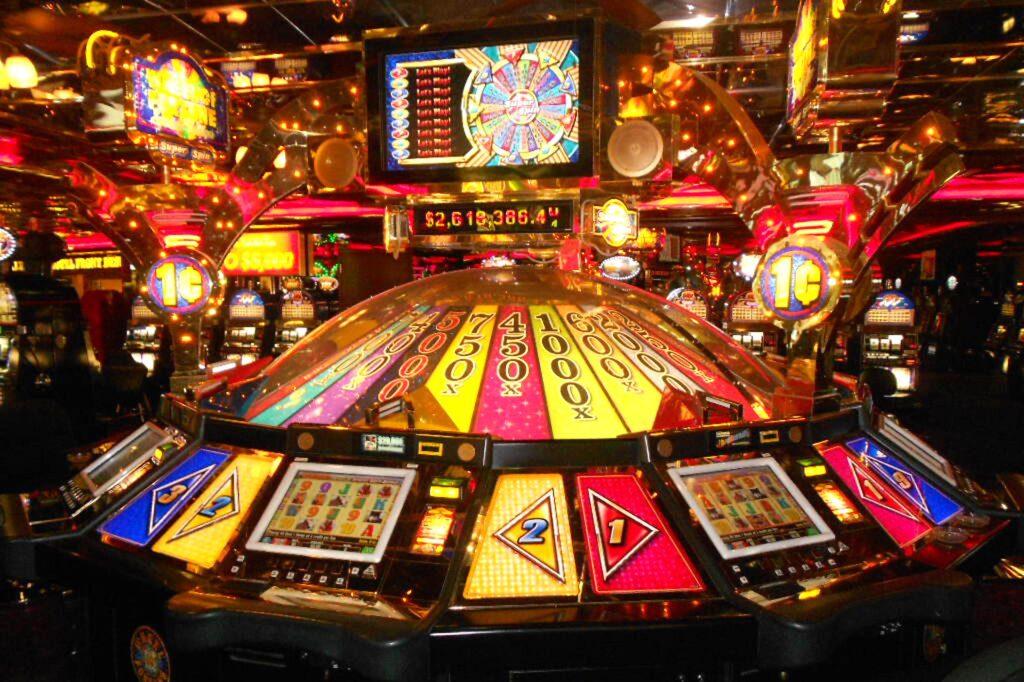Betting has forever been a piece of mankind’s set of experiences, yet its cutting edge appearance owes a lot to the impact of the Mafia, particularly in places like Las Vegas. This article uncovers what the Mafia meant for the improvement of betting, beginning in Las Vegas and spreading outward.

The start of the Las Vegas time
Las Vegas, presently known as the betting capital of the world, started its ascent during the 1940s. It was then that well known mafia figures, for example, Bugsy Siegel started putting resources into the development of casinos and inns. These speculations were not simply business projects; they addressed a method for laundering cash and reinforcing the mafia’s power in the local area.
Rise and influence of the mafia
The Mafia played a key role in the growth and development of Las Vegas. Casinos built with the participation of the mafia attracted tourists with their luxury and the promise of easy money. At the same time, the mafia used casinos to launder huge amounts of illegally obtained money. This system worked for many years, contributing to the growth and prosperity of both gambling and crime.
Regulation and fight against the mafia
Beginning in the 1960s, the US government began to actively combat the influence of the mafia on gambling. Strict laws and regulations have been introduced to identify and curb criminal gambling activities. This led to a gradual decrease in the influence of the mafia in Las Vegas and other gambling areas.
Global influence
The Mafia’s influence on gambling was not limited to Las Vegas. Similar processes occurred in various parts of the world, where mafia structures used gambling to expand their influence and enrich themselves. However, as in the United States, many countries have begun to actively combat this problem, tightening controls and introducing new laws.
Continuing the development of the industry after the fight against the mafia
As the fight against the mafia’s influence on gambling intensified, the industry began to transform. Casinos have become more legitimate and transparent business entities. This has led to increased investment in the industry, improved service quality and enhanced safety measures. The era of legalization of gambling in many countries also began, which contributed to its spread and popularity.
Technological changes and online gambling
With the development of the Internet and technology in the late 20th and early 21st centuries, gambling moved into the virtual space. Online casinos and betting platforms have become the new reality of gambling. This has made gaming services available to a wider range of people, but has also created new challenges in terms of regulation and combating online crime.
Social perception of gambling
Over time, the social perception of gambling has also changed. While gambling was previously often associated with crime and moral degradation, it is now more often seen as a form of entertainment and even a way of socialization. Many governments and organizations have begun to actively use gambling revenues to finance social programs and projects.
The future of gambling
The future of gambling looks promising, especially with technological advancements and the constant evolution of the market. The possibilities of virtual and augmented reality, as well as the development of mobile technologies, are opening new horizons for the gambling industry. However, it is still important to maintain strict regulation and oversight to ensure safe and fair gaming for all participants.

Conclusion
The history of gambling and its interaction with the mafia is a lesson in the impact of criminal structures on the economy and society. However, it is also a story about the opportunity, adaptation and progress that can happen when society and governments take responsibility for regulating and controlling this powerful industry.
